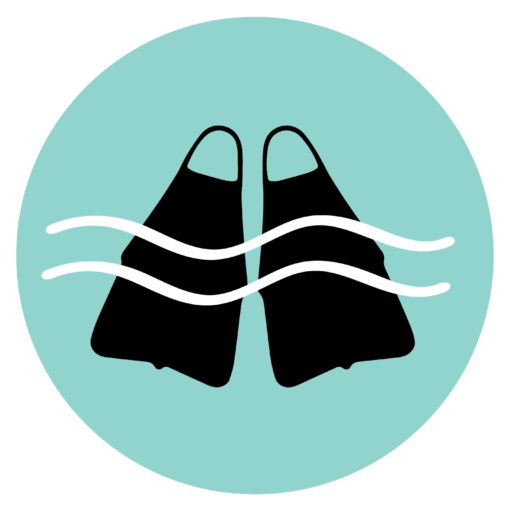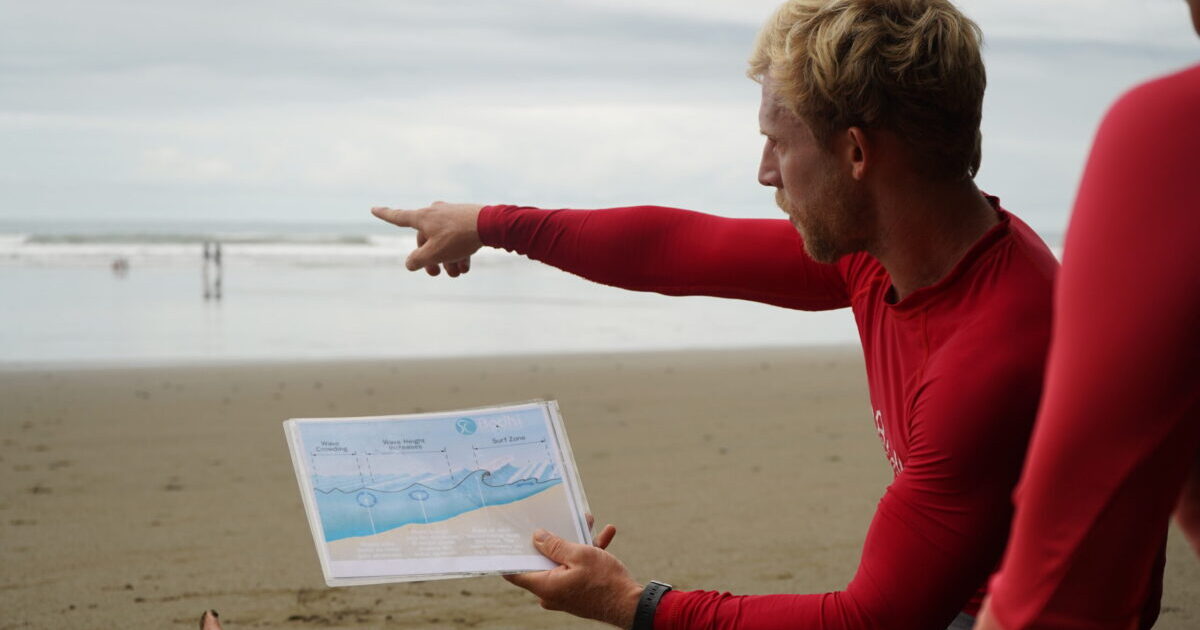I decided to pursue bodysurfing as more than “just a hobby” while on a surf trip to Kauai.
I remember floating on my back, eyes closed, the only bodysurfer out in the lineup at my favorite beach break, when I was struck with a profound realization: “Never have I felt more happy and present than in this very moment.”
As someone who was suffering from major depression and insomnia at the time, that was a damn powerful statement. Bodysurfing had given me a glimpse of what it would feel like to be healthy again, and I was hooked.
From that day forward, I decided the most important thing for my mental health was to be in and around the ocean as much as possible, so I picked a career and lifestyle that would allow for that—surf instructor in Costa Rica.
After several months of teaching newbies how to stand up on a surfboard, I began to see the importance of teaching bodysurfing as a safety skill to any new surfer. In fact, anyone who surfed prior to the invention of the surf leash in the 1970s must have been a proficient bodysurfer; bodysurfing was how they retrieved their lost surfboard after each wipeout.
It’s no wonder why many of the world’s best ocean lifeguards are also extremely talented bodysurfers. Bodysurfing is a great way to build ocean awareness, learn how to read waves, how to dive beneath them, how to catch them, how to move around other surfers, and how to identify rip currents and other potential hazards.

Today, any newbie I teach to surf must also learn some basic bodysurfing skills.
In the process of learning how to teach bodysurfing, I immersed myself in the bodysurfing canon, devouring anything I could find on the subject. Ultimately, my research led me to the creation of this blog.
Thanks for visiting, and I hope you enjoy!


